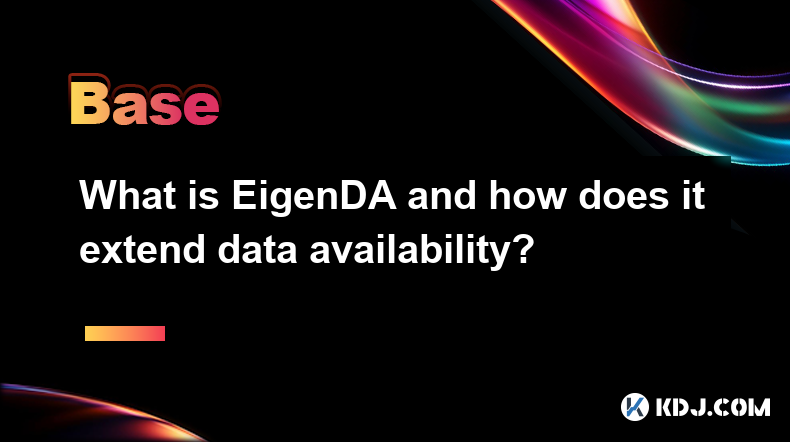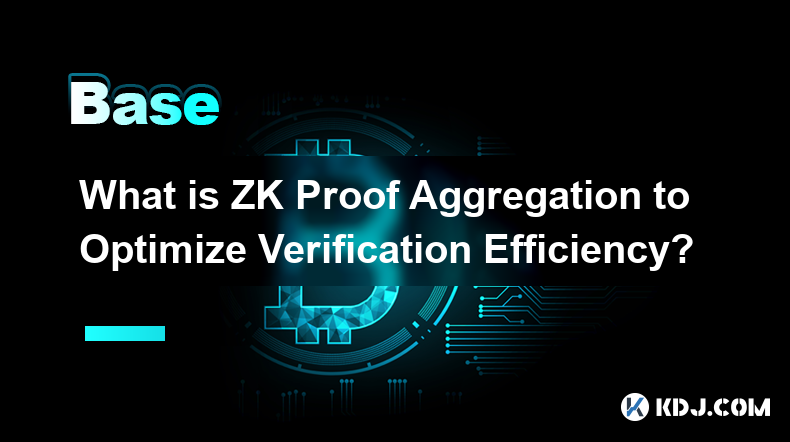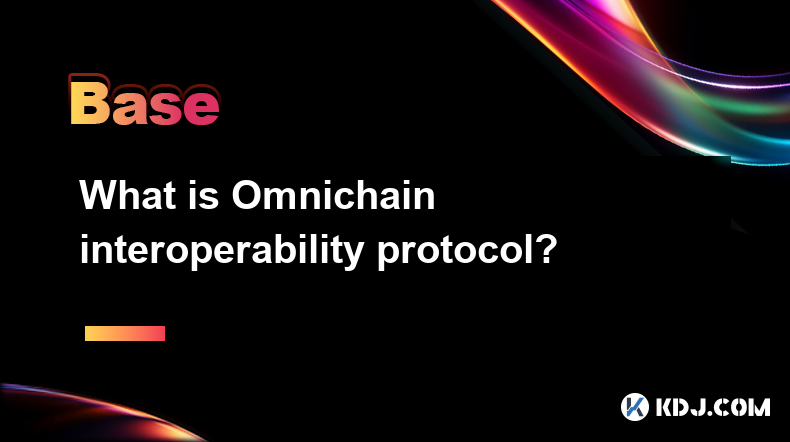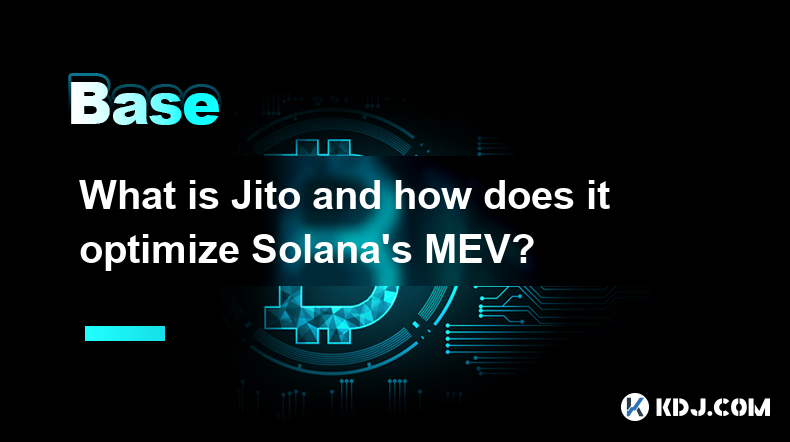-
 Bitcoin
Bitcoin $83,350.2499
4.77% -
 Ethereum
Ethereum $1,566.0202
2.97% -
 Tether USDt
Tether USDt $0.9995
0.01% -
 XRP
XRP $2.0175
2.69% -
 BNB
BNB $586.4033
1.78% -
 Solana
Solana $120.6064
7.12% -
 USDC
USDC $0.9998
0.01% -
 Dogecoin
Dogecoin $0.1598
4.03% -
 TRON
TRON $0.2433
2.96% -
 Cardano
Cardano $0.6234
2.63% -
 UNUS SED LEO
UNUS SED LEO $9.3857
-0.28% -
 Chainlink
Chainlink $12.6297
4.85% -
 Avalanche
Avalanche $19.0868
4.71% -
 Toncoin
Toncoin $2.9317
0.69% -
 Stellar
Stellar $0.2337
1.78% -
 Shiba Inu
Shiba Inu $0.0...01220
4.96% -
 Sui
Sui $2.1816
3.70% -
 Hedera
Hedera $0.1668
-0.28% -
 Bitcoin Cash
Bitcoin Cash $312.7762
7.71% -
 MANTRA
MANTRA $6.4005
-0.43% -
 Litecoin
Litecoin $76.0972
3.24% -
 Polkadot
Polkadot $3.5505
2.51% -
 Dai
Dai $0.9999
0.01% -
 Hyperliquid
Hyperliquid $15.7698
10.07% -
 Bitget Token
Bitget Token $4.2986
2.75% -
 Ethena USDe
Ethena USDe $0.9987
0.01% -
 Pi
Pi $0.6371
8.10% -
 Monero
Monero $206.0921
2.67% -
 Uniswap
Uniswap $5.2263
4.24% -
 OKB
OKB $53.3127
0.50%
What is a testnet? Comprehensive introduction to testnets in blockchain
Testnets provide developers and users with a low-risk platform to experiment with blockchain technologies, smart contracts, and applications in a real-world setting.
Oct 22, 2024 at 05:41 am

What is a Testnet? Comprehensive Introduction to Testnets in Blockchain
1. Definition
A testnet is a blockchain network that operates separately from the main blockchain (also known as the mainnet). It provides developers and users with a platform to experiment with new blockchain technologies, smart contracts, and applications in a real-world environment without the risk of affecting the mainnet.
2. Purpose of Testnets
Testnets serve multiple purposes:
- Software testing: Developers can test and debug their blockchain applications, smart contracts, and protocols without affecting the mainnet.
- Integration testing: Developers can test the compatibility and interoperability of different blockchain components.
- User feedback: Testnets allow users to provide feedback and report bugs, helping developers improve the usability and functionality of their applications.
- Network performance testing: Testnets enable testing of the blockchain network's performance, scalability, and security.
3. Types of Testnets
There are two main types of testnets:
- Public testnets: Open to anyone to participate, allowing developers and users to access and interact with the network freely.
- Private testnets: Restricted to a specific group of developers or users, providing more control over who can participate and what activities are permitted.
4. Features of Testnets
Testnets typically feature:
- Customizable network parameters: Developers can adjust block times, gas fees, and other parameters to simulate different operating conditions.
- Faucet support: Users can often access free testnet tokens or cryptocurrencies to interact with the network.
- Exploration tools: Testnets offer tools for debugging, block exploration, and transaction analysis.
5. Benefits of Using Testnets
- Risk mitigation: Testing on testnets minimizes the potential for errors and exploits that could affect the mainnet.
- Innovation fostering: Testnets provide a safe space for developers to experiment with new ideas and technologies.
- Community support: Testnets facilitate collaboration among developers and users, allowing for bug fixes, feature enhancements, and feedback.
6. Limitations of Testnets
- Limited resources: Testnets may have limited computing power, storage, or network capacity compared to mainnets.
- Inconsistencies with mainnets: Testnet conditions may differ from those on mainnets, leading to potential discrepancies in performance or results.
- Security vulnerabilities: While testnets strive to be secure, they may be more vulnerable to attacks than mainnets.
7. Examples of Testnets
Some popular testnets include:
- Ethereum Ropsten
- Bitcoin Regtest
- Polygon Mumbai
- Avalanche Fuji
- Optimism Goerli
8. Conclusion
Testnets play a vital role in blockchain development and user experience. They allow developers to validate their creations, gather feedback, and improve network functionality and performance. By using testnets, blockchain projects can minimize risks, foster innovation, and create a more robust and reliable blockchain ecosystem.
Disclaimer:info@kdj.com
The information provided is not trading advice. kdj.com does not assume any responsibility for any investments made based on the information provided in this article. Cryptocurrencies are highly volatile and it is highly recommended that you invest with caution after thorough research!
If you believe that the content used on this website infringes your copyright, please contact us immediately (info@kdj.com) and we will delete it promptly.
- Can Cardano (ADA) Really Hit $2 in 2025?
- 2025-04-12 07:30:12
- Bitcoin prices fell below a key psychological threshold on Monday, dipping to $79,000
- 2025-04-12 07:30:12
- Tariffs, tariffs, tariffs. Trump's on-again, off-again import levies dominated the week.
- 2025-04-12 07:25:14
- Coldware (COLD) Remains Committed to Decentralization as the World of Cryptocurrency Regulation Heats Up
- 2025-04-12 07:25:14
- Coldware (COLD) May Surpass Ethereum (ETH) as the Second-Largest Cryptocurrency by Market Cap by 2027
- 2025-04-12 07:20:13
- Astar Contribution Score (ACS) Drives Soneium's Ecosystem Growth
- 2025-04-12 07:20:13
Related knowledge

What is Delayed Encryption technology?
Apr 11,2025 at 10:42pm
What is Delayed Encryption Technology? In the world of cryptocurrencies, security is paramount. One of the innovative solutions to enhance the security of digital transactions is Delayed Encryption Technology. This technology introduces a layer of security by encrypting data with a time delay, ensuring that the information remains secure until a specifi...

What is EigenDA and how does it extend data availability?
Apr 11,2025 at 05:28pm
EigenDA is a groundbreaking solution within the cryptocurrency ecosystem designed to enhance data availability across blockchain networks. Developed by EigenLayer, EigenDA aims to address the critical issue of data availability, ensuring that all participants in a blockchain network can access the necessary data to verify transactions and maintain the i...

What is ZK Proof Aggregation to Optimize Verification Efficiency?
Apr 11,2025 at 05:42pm
ZK Proof Aggregation is a technique used in the field of zero-knowledge proofs (ZKPs) to enhance the efficiency of verifying multiple proofs. In the context of cryptocurrencies, where scalability and efficiency are paramount, ZK Proof Aggregation plays a crucial role in optimizing the verification process. This method allows multiple proofs to be combin...

What is DePIN (Decentralized Physical Infrastructure)?
Apr 12,2025 at 01:42am
What is DePIN (Decentralized Physical Infrastructure)? DePIN, or Decentralized Physical Infrastructure, represents a groundbreaking approach to building and managing physical infrastructure using decentralized technologies. At its core, DePIN leverages blockchain and other decentralized systems to create, operate, and maintain physical assets in a way t...

What is Omnichain interoperability protocol?
Apr 11,2025 at 08:36pm
The Omnichain interoperability protocol refers to a technology designed to enable seamless interaction and data exchange between different blockchain networks. This protocol aims to solve the issue of blockchain isolation by allowing assets, data, and functionalities to move freely across various chains. In essence, Omnichain interoperability facilitate...

What is Jito and how does it optimize Solana's MEV?
Apr 11,2025 at 09:01pm
Jito is a pivotal tool within the Solana ecosystem, designed to enhance the efficiency and profitability of transactions by optimizing Maximum Extractable Value (MEV). MEV refers to the maximum value that can be extracted from block production in excess of the standard block reward and gas fees by including, reordering, or excluding transactions within ...

What is Delayed Encryption technology?
Apr 11,2025 at 10:42pm
What is Delayed Encryption Technology? In the world of cryptocurrencies, security is paramount. One of the innovative solutions to enhance the security of digital transactions is Delayed Encryption Technology. This technology introduces a layer of security by encrypting data with a time delay, ensuring that the information remains secure until a specifi...

What is EigenDA and how does it extend data availability?
Apr 11,2025 at 05:28pm
EigenDA is a groundbreaking solution within the cryptocurrency ecosystem designed to enhance data availability across blockchain networks. Developed by EigenLayer, EigenDA aims to address the critical issue of data availability, ensuring that all participants in a blockchain network can access the necessary data to verify transactions and maintain the i...

What is ZK Proof Aggregation to Optimize Verification Efficiency?
Apr 11,2025 at 05:42pm
ZK Proof Aggregation is a technique used in the field of zero-knowledge proofs (ZKPs) to enhance the efficiency of verifying multiple proofs. In the context of cryptocurrencies, where scalability and efficiency are paramount, ZK Proof Aggregation plays a crucial role in optimizing the verification process. This method allows multiple proofs to be combin...

What is DePIN (Decentralized Physical Infrastructure)?
Apr 12,2025 at 01:42am
What is DePIN (Decentralized Physical Infrastructure)? DePIN, or Decentralized Physical Infrastructure, represents a groundbreaking approach to building and managing physical infrastructure using decentralized technologies. At its core, DePIN leverages blockchain and other decentralized systems to create, operate, and maintain physical assets in a way t...

What is Omnichain interoperability protocol?
Apr 11,2025 at 08:36pm
The Omnichain interoperability protocol refers to a technology designed to enable seamless interaction and data exchange between different blockchain networks. This protocol aims to solve the issue of blockchain isolation by allowing assets, data, and functionalities to move freely across various chains. In essence, Omnichain interoperability facilitate...

What is Jito and how does it optimize Solana's MEV?
Apr 11,2025 at 09:01pm
Jito is a pivotal tool within the Solana ecosystem, designed to enhance the efficiency and profitability of transactions by optimizing Maximum Extractable Value (MEV). MEV refers to the maximum value that can be extracted from block production in excess of the standard block reward and gas fees by including, reordering, or excluding transactions within ...
See all articles























































































